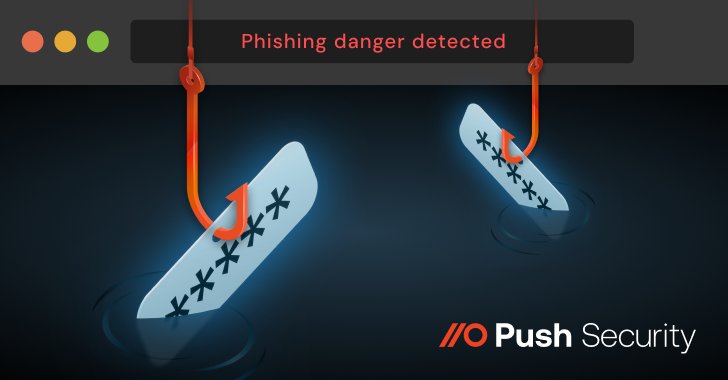Top Highlights
-
Evolving Attack Methods: Cyber attacks have shifted focus from local networks to SaaS services accessed through browsers, targeting digital identities as the primary vulnerability due to the rise of remote work environments.
-
Credential Harvesting and Phishing: Attackers successfully utilize various techniques, including phishing and infostealers, to compromise identities, which often lead to account takeovers in high-profile breaches like the Snowflake campaign.
-
The Browser as a Battleground: The web browser has become the new endpoint for identity attacks, necessitating strict controls on browser extensions and monitoring for malicious activity, as traditional security measures lag behind evolving threats.
- Need for Enhanced Browser Security: To combat identity attacks, organizations must leverage the browser for real-time detection and response, moving away from outdated security practices and employing solutions that monitor credentials and session activities directly in the browser.
The Core Issue
The narrative surrounding recent cyberattacks has shifted dramatically as organizations transition to cloud-based Software as a Service (SaaS) systems. Historically, attackers exploited local networks through malware or social engineering, aiming to compromise sensitive data. However, modern threats primarily target identity management within the browser, the new frontier where employees access digital services. Notable breaches, such as the Snowflake campaign and the Scattered Spider incidents, underscore a trend where attackers successfully use stolen credentials—often harvested from data breaches or phishing schemes—to infiltrate organizations and manipulate identities.
As reported by a cybersecurity firm, these breaches reveal a critical vulnerability: organizations frequently misconfigure user identities across multiple applications, creating an extensive attack surface ripe for exploitation. The evolution of phishing tactics, particularly those circumventing multi-factor authentication (MFA) and executing account takeovers, amplifies the risk. Consequently, the browser emerges as a crucial focus for security measures, allowing teams to monitor, intercept, and neutralize threats in real-time. Moving forward, organizations must adapt to this new digital landscape by leveraging browser-based security solutions that proactively address identity vulnerabilities and respond to attacks effectively.
Risk Summary
The shift toward identity-driven attacks, particularly through SaaS platforms, poses substantial risks not just to individual organizations but also to a vast network of businesses, users, and associated entities. When an organization becomes compromised, the fallout is rarely contained; stolen credentials and session tokens can cascade through interconnected services, enabling attackers to exploit multiple businesses almost simultaneously. This interconnected vulnerability creates a ripe environment for lateral movement, where a single breach could lead to a chain reaction of cascading failures across supply chains and partnerships. Moreover, as attackers fine-tune their techniques—leveraging phishing and credential harvesting—the integrity of user data and trust in digital platforms erode, potentially destabilizing entire industries. Consequently, companies must not only fortify their own security postures but also remain vigilant about the broader implications of identity compromises that threaten to ensnare countless stakeholders within the digital ecosystem.
Possible Action Plan
The evolution of web browsers into primary battlegrounds for cyber threats necessitates prompt and effective remediation strategies.
Mitigation Strategies
- Regular Software Updates
- Endpoint Security Solutions
- User Awareness Training
- Web Application Firewalls
- Secure Configuration Practices
- Threat Intelligence Sharing
NIST CSF Guidance
The NIST Cybersecurity Framework underscores the significance of continuous monitoring and risk assessment. For detailed guidance, refer to NIST Special Publication 800-53, which provides controls for safeguarding information systems against evolving cyber threats.
Continue Your Cyber Journey
Discover cutting-edge developments in Emerging Tech and industry Insights.
Understand foundational security frameworks via NIST CSF on Wikipedia.
Disclaimer: The information provided may not always be accurate or up to date. Please do your own research, as the cybersecurity landscape evolves rapidly. Intended for secondary references purposes only.
Cyberattacks-V1

